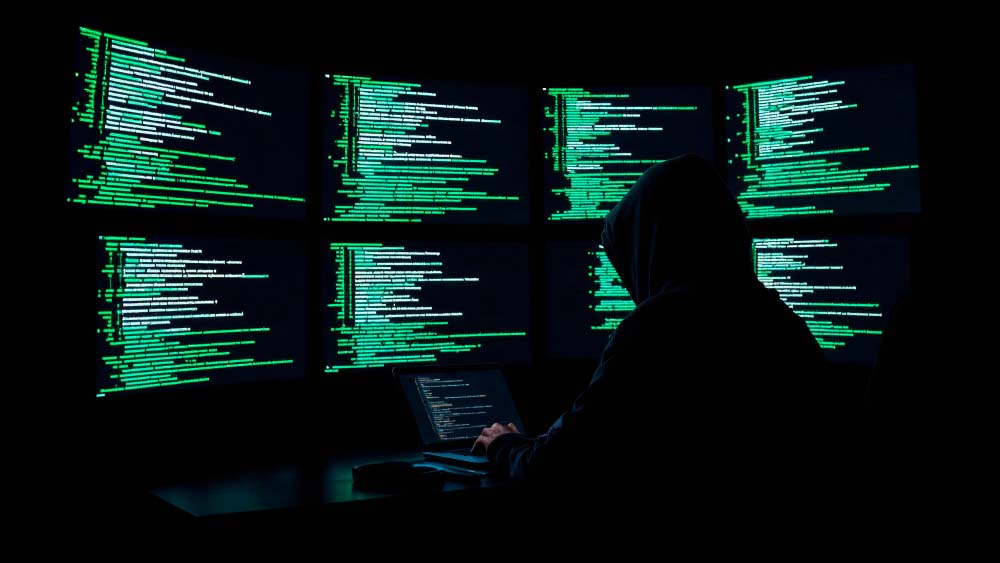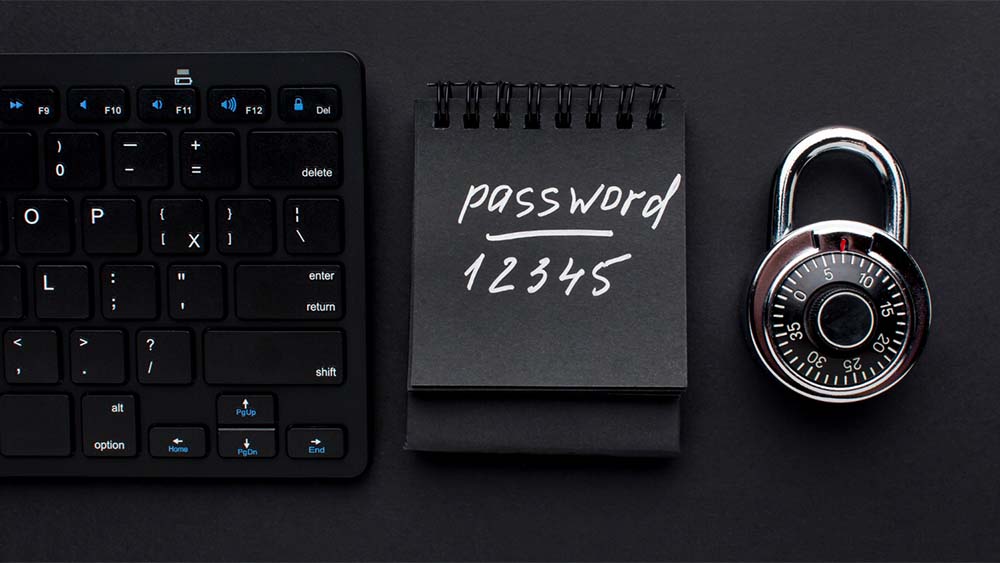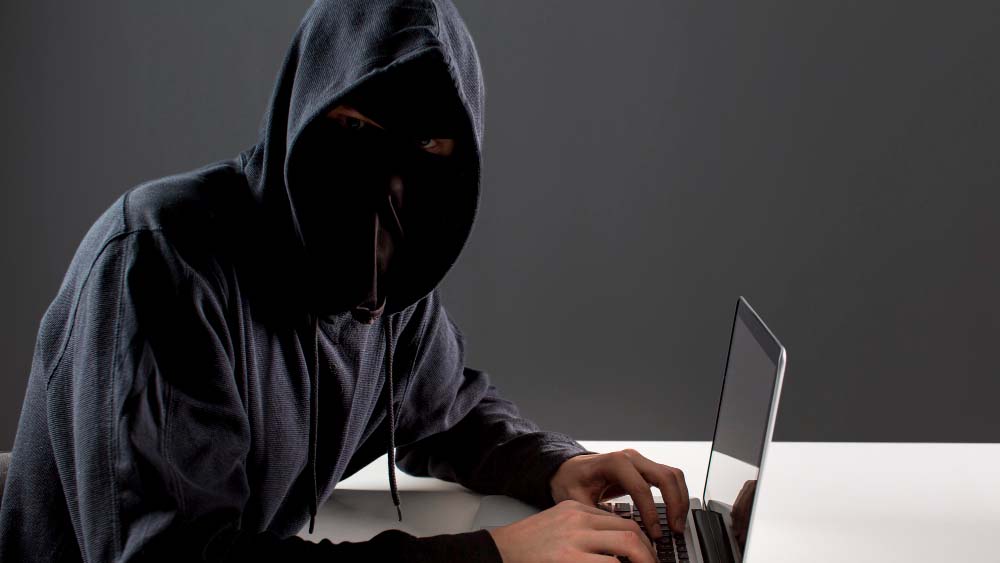If you have smartphones, you are able to take on cybersecurity. Consider this as your A-to Z starter kit, with clear actionable steps that make it much more difficult to be hacked at home, at the office as well as at work.
A-Z: One tiny habit for each letter
A Accounts and passwords
Make use of a password manager to ensure that every password is unique and at minimum 14-16 characters. Make sure you enable recovery methods that you can control (backup codes or second email).
B – Backups (your security web)
Keep at a minimum, an automatic cloud-based backup and one offline backup (e.g. external drive that you connect each week). Restore a file at least every month.
C – Keep up-to-date (updates)
Set auto-updates on your browser, OS and applications. Update routers/IoT devices quarterly.
D – Locks on devices
Create 6 digit (or more) PIN biometrics, auto-lock, and for a period of 60 seconds or less. Make sure that phones and laptops are encrypted (most modern devices enable this automatically, but make sure you confirm it’s turned working).
E — Email and messaging beware!
When the message is urgent or requests payment or login details, stop and verify through another channel. If you are unsure you can type the address manually.
F – Financial security measures
You can turn on alerts for transactions daily balance emails, and card-locking within your bank’s application. Utilize virtual cards to access New merchants as well as subscriptions.
G – Gatekeepers (MFA)
Allow multi-factor authentication wherever it is important (email banking social, cloud storage, and social). Choose hardware keys or app codes over SMS.
H – Hygiene of Wi-Fi at home
Modify the password for admin of the router Change the name of your SSID (not “Linksys_123”) make use of WPA2/WPA3, then create an guest network for guests as well as smart devices.
I — Identity and breaches alerts
Create breach warnings within your password manager as well as your email provider. If you discover that a particular account has been compromised in breach, change that password wherever it was used and rotate the keys/codes.
J — Just enough authorizations
For phones look over app permissions (location mic, camera and contacts). If you’re unable to justify the reasons behind why an app is required switch off the app.
K Kids and Other users
Make use of Family accounts and content filter with separate logins. Instruct the children: “If you didn’t ask for it, don’t tap it.”
L – Sharing of location
Remove “precise location” except for rides and maps. Clean up your location history regularly.
M Sources for mobile apps
Apps should be downloaded only from official stores. Beware of “modded” APKs and third-party app stores. Find out the name of the developer as well as recent reviews.
N – Networks you don’t have
Choose your mobile hotspot to public Wi-Fi. If you are forced to make use of public Wi-Fi, beware of payment and logins or use a trusted VPN.
O Clean up old data
Get rid of everything you don’t need anymore including the emails, downloads folders cloud shares, accounts that are not used. Less data means less to lose.
P Settings for privacy
Ten minutes to secure privacy settings for Google, Apple, Meta as well as your web browser. You can turn off ads that you do not wish to see.
QR codes should be viewed with care.
Be sure to treat QR codes as links from strangers. When you scan, inspect the URL before pressing “open.”
R — Ransomware-ready (yes even at home!)
Keep backups off-line, disable Office macros on default and do not open attachments that aren’t yours, even in the event that these “look like” invoices or resumes.
S — Secure downloading and surfing
Browse and download directly from the site of the vendor and not from random mirrors. Make sure you are using a modern browser that has built-in security, and switch off “warn about dangerous sites.”
T – The mode for traveling
Before your trip upgrade your devices, activate “Find My,” set screen locks, and bring your own cable or charger (avoid public charging outlets). Remove auto-joining WiFi and Bluetooth while traveling.
U — USB & attachments
Never plug in found USB drives. When it comes to emails, open attachments only when you’re ready to open them. confirmed the sender.
V — Invoices and Vendors (for small-sized companies)
Always confirm bank changes and new payees by making a call to a specific number. Use dual approval for payments.
W – Social profiles and Web profiles
Profiles are made anonymous by default. Limit the content you publish (no travel dates address, addresses, or photographs of IDs). Create separate accounts for your personal and professional.
“X” — exit and Recovery
Keep your account recovery codes safely (your password management software or sealed envelopes in the secure). Maintain an “if I lose my phone” checklist.
Y — Your data footprint
Say “no” to optional data fields. Unsubscribe, opt-out, and reduce trackers within your browser’s extensions.
Z — Zero-trust mentality
Remain calm and confirmand verify do not assume anything. A quick text or phone call to confirm requests that are not normal saves both time and headaches.
Quick start: 20 minutes setup that transforms everything
-
Set up the password management system then change your passwords of email, primary cloud + bank to strong, unique passwords.
-
Make sure to turn off MFA for the same accounts (use an authenticator application).
-
You can enable automatic updates on your mobile as well as your computer.
-
Install an an automatic cloud backup for your files and photos.
-
Lock your devices (strong PIN/biometrics, auto-lock 30-60s).
-
Harden home Wi-Fi (new admin password, guest network).
Checklists for beginners (copy/paste into your notes)
Phone (iOS/Android)
-
Auto-updates ON
-
Screen lock <= 60s + biometrics
-
The App store is the only place to shop; you must audit permissions are monthly
-
Make sure to turn on Find-My-Device; backup
-
MFA application installed; SMS backups only.
Laptop/Desktop
-
OS/browser/AV auto-updates ON
-
Full-disk encryption ON
-
A separate standard user for the everyday work
-
Cloud + offline backups tested
-
Browser warns about dangerous websites
Home network
-
The firmware of the router has been updated and administrator password changed
-
WPA2/WPA3; unique Wi-Fi password
-
Guest SSID for visitors and IoT
-
UPnP/WPS is disabled (if there is)
Corner for small-business (perfect for boutiques, travel agents cafes, etc.)
-
Email shared? Move to individual accounts via admin control.
-
payments: Double approval is required for all new payers as well as transfers; call-back confirmation.
-
Rolls: Give staff the minimal access they require and remove access for employees who have left on the day they depart.
-
Backups Backups in the cloud for files, plus an offline copy every week.
-
Security of brands: Enable page/admin alerts and spending limits for advertisements; and require MFA using hardware keys for administrators.
FAQs
Are I truly require an account manager for my password?
Yes. It makes secure, unique passwords simple to use. It also stops any breach from gaining access to everything.
Is SMS 2FA useless?
No. A hardware-key MFA or an app is more effective, however SMS is significantly superior to none. Take advantage of the current technology and upgrade when you are able.
What VPN do I choose?
If you frequently utilize public Wi-Fi, then a reliable, paid VPN can be helpful. If you primarily use your mobile hotspot or other trusted networks, it’s not necessary.
Final thought
Cyber hygiene doesn’t mean being flawless. It’s about stacking wins that are easy so mistakes don’t end up being catastrophes. Start with your Quick Start items today; work through A-Z during the following month. The future will be better for you.








